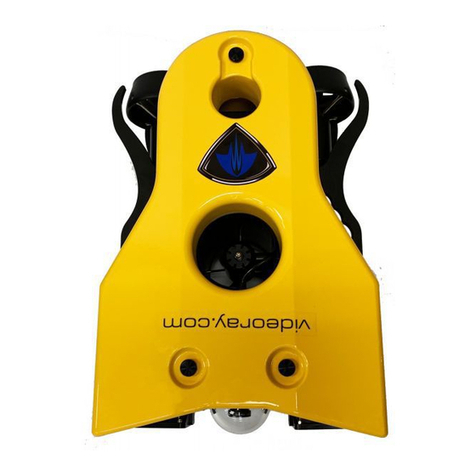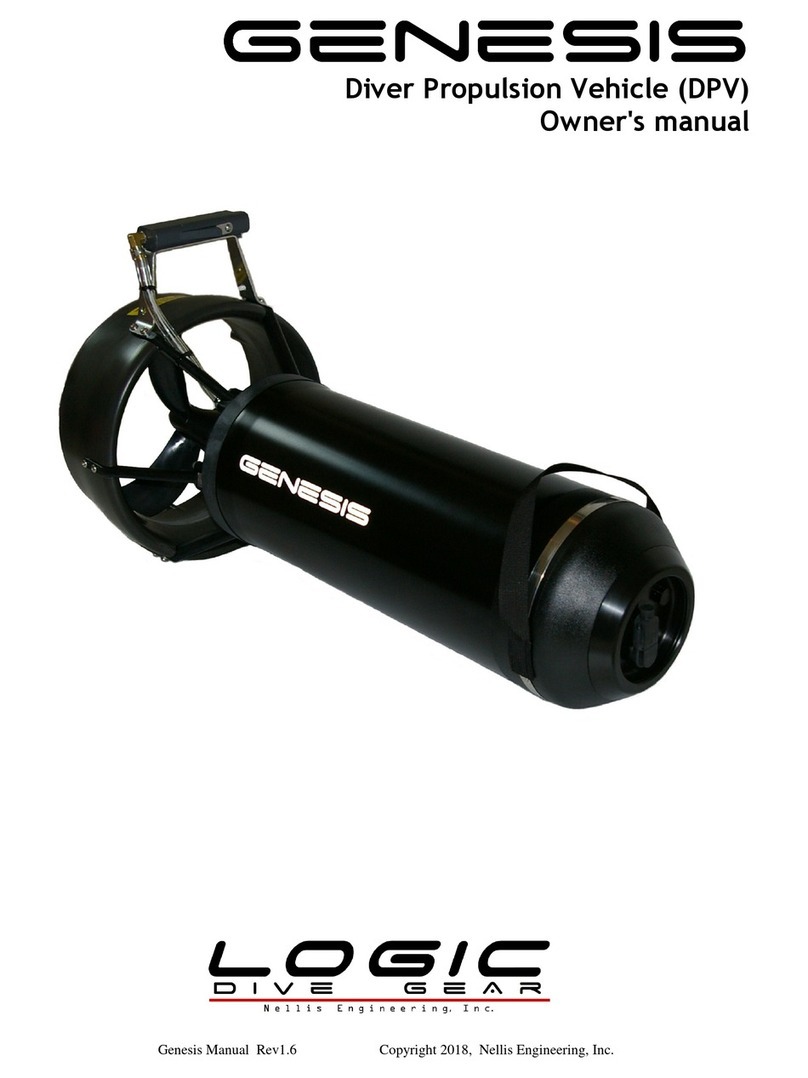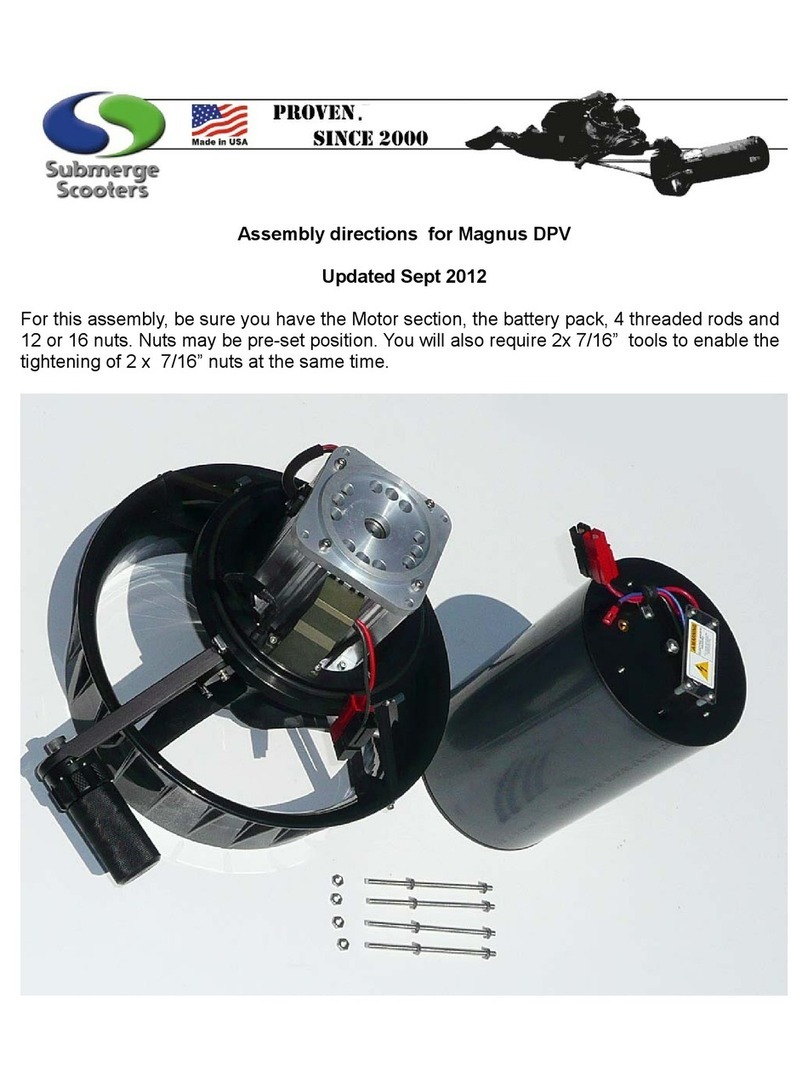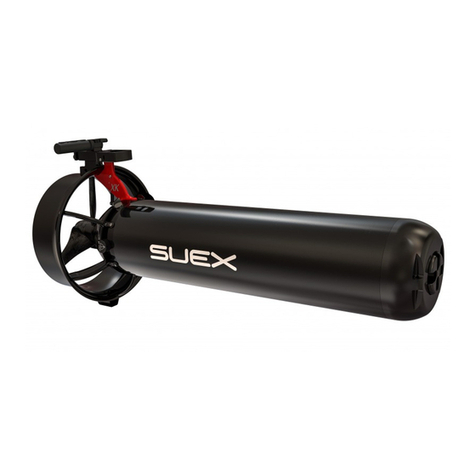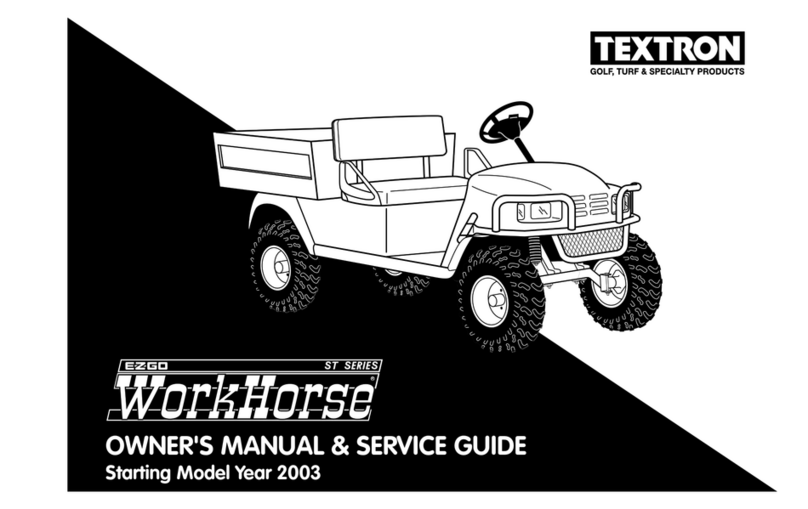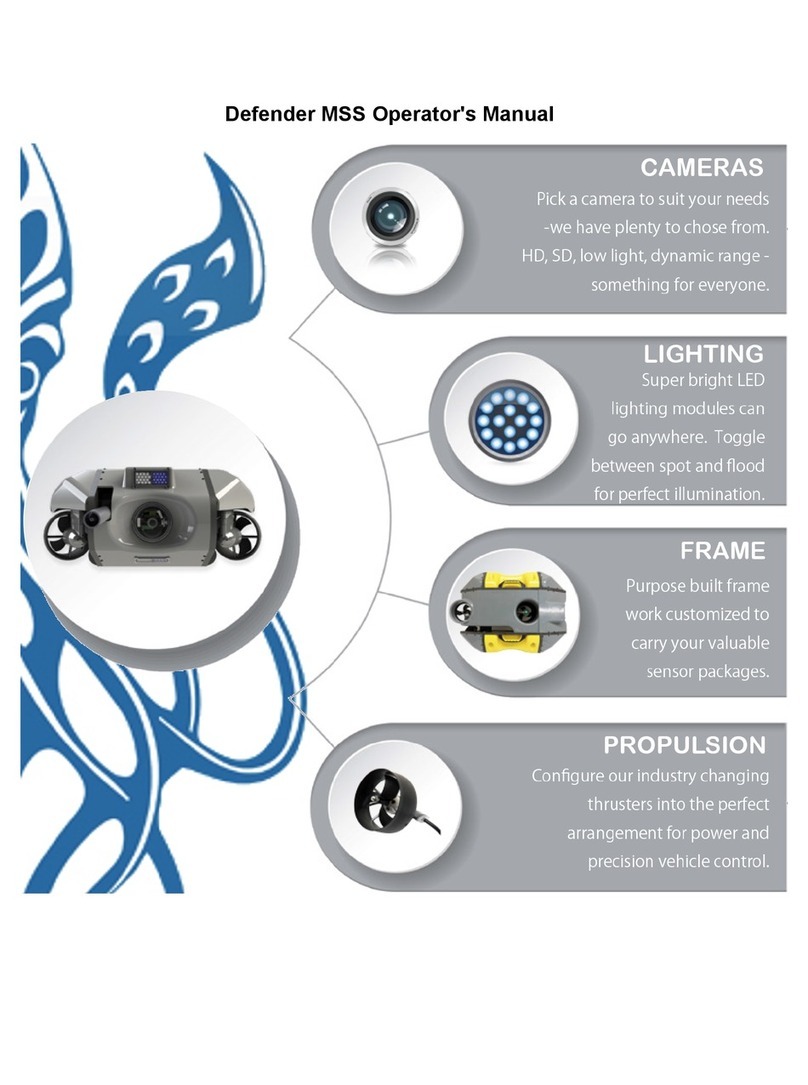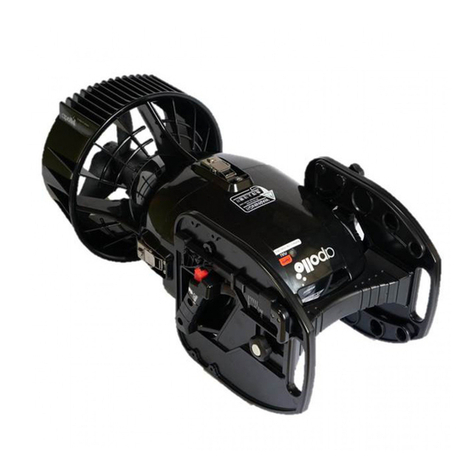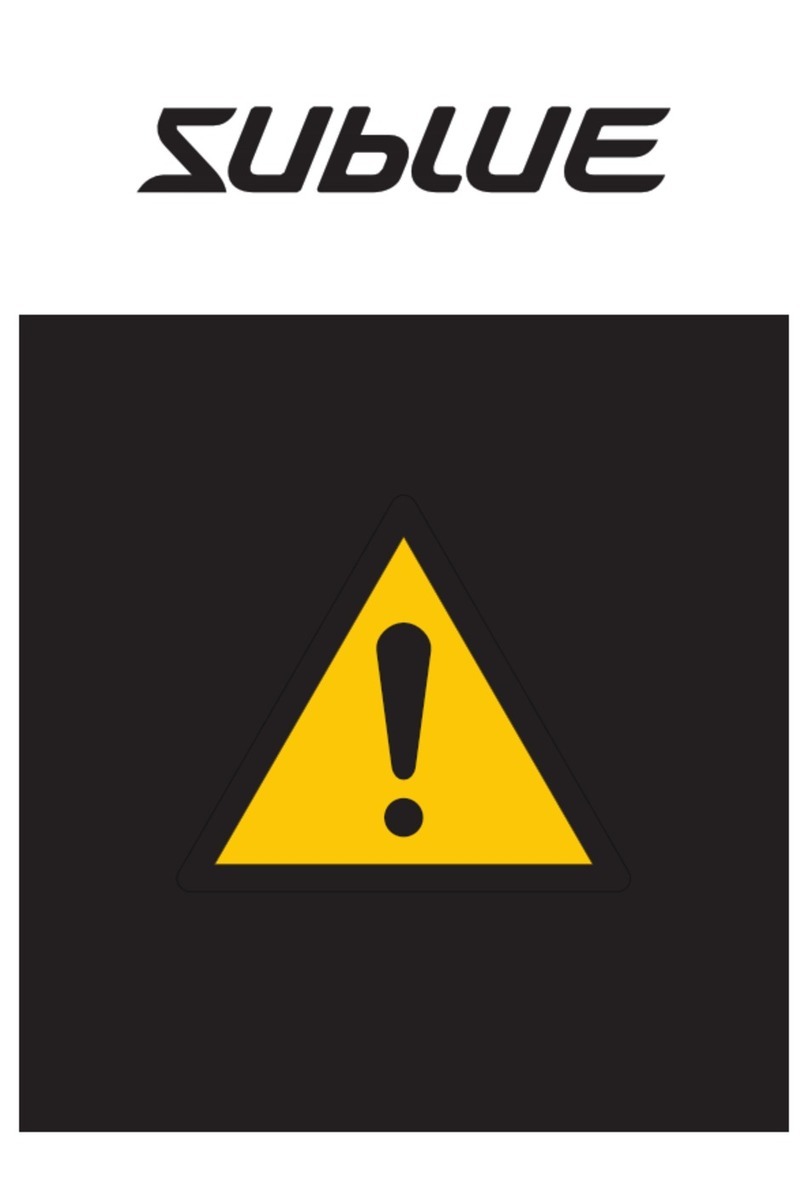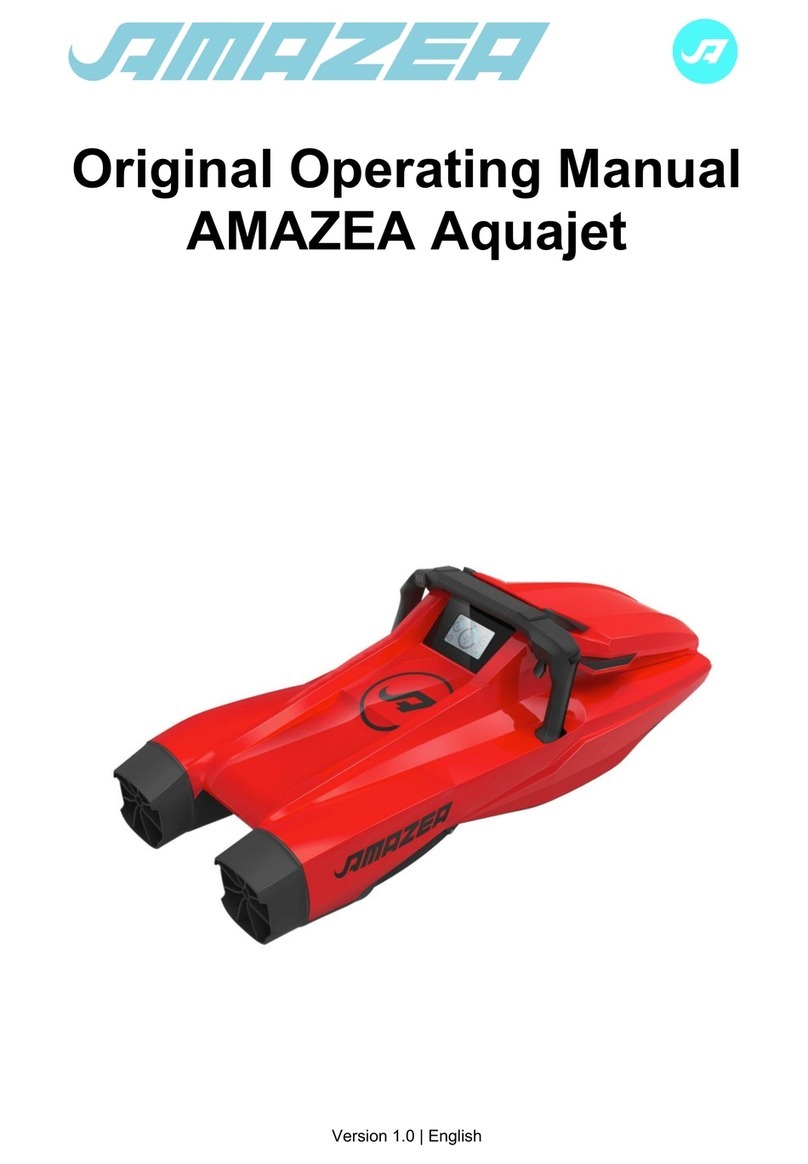Contents
1General safety and accident prevention regulations............................................................................................4
2Description and operating principle ......................................................................................................................5
3Using the vehicle.....................................................................................................................................................5
4Preliminary operations............................................................................................................................................6
4.1 Opening the battery compartment....................................................................................................................6
4.2 Extracting the battery.......................................................................................................................................6
4.3 Recharging the battery.....................................................................................................................................7
4.4 Inserting the battery .........................................................................................................................................7
4.5 Closing the battery compartment .....................................................................................................................8
5Correct use...............................................................................................................................................................8
6Red battery low warning led.................................................................................................................................10
7HDV diving settings...............................................................................................................................................10
7.1 Inserting the ballast........................................................................................................................................11
7.2 Settings and trim adjustments........................................................................................................................11
8Safety instructions ................................................................................................................................................12
8.1 Indicator label.................................................................................................................................................12
8.2 Training..........................................................................................................................................................12
8.3 Equipment configuration and riding position...................................................................................................13
9Using the HDV diving vehicle...............................................................................................................................15
10 Entering the water with the HDV......................................................................................................................15
11 Exiting the water with the HDV........................................................................................................................16
12 “Parking” the HDV underwater........................................................................................................................16
13 Descent rate ......................................................................................................................................................16
14 Ascent rate ........................................................................................................................................................16
15 Using the HDV in apnoea .................................................................................................................................16
16 Depth and operating environments.................................................................................................................17
16.1 Obstructed environments...............................................................................................................................17
16.2 Muddy or suspension-filled environments......................................................................................................17
17 Positions and behaviours to be avoided when diving...................................................................................17
18 Hazardous area and residual risks..................................................................................................................18
18.1 Safety device..................................................................................................................................................18
19 Electrical and mechanical safety systems applied to the HDV HDV R 14....................................................19
19.1 Electronic engine control................................................................................................................................19
19.2 Electronic battery control................................................................................................................................19
19.3 Switch ............................................................................................................................................................19
19.4 Mechanical clutch on the propeller.................................................................................................................19
19.5 Trigger guard..................................................................................................................................................19
20 Running time.....................................................................................................................................................20
21 Speed.................................................................................................................................................................20
22 Precautions for use ..........................................................................................................................................20
23 Troubleshooting................................................................................................................................................21
24 HDV flooding, sinking.......................................................................................................................................21
25 Cleaning and storage .......................................................................................................................................21
26 Maintenance......................................................................................................................................................22
27 Disposal and scrapping ...................................................................................................................................23
28 Handling ............................................................................................................................................................23
29 Storage ..............................................................................................................................................................24
30 Technical specifications ..................................................................................................................................24
31 Spare parts........................................................................................................................................................24
32 Product identification.......................................................................................................................................25
33 Battery charge (general rules).........................................................................................................................25
34 How to correctly charge the battery................................................................................................................26
35 NiMH battery information.................................................................................................................................26
36 Ideal battery charging conditions....................................................................................................................27
37 Ideal battery depletion conditions...................................................................................................................27
37.1 Important note on battery depletion!...............................................................................................................27
38 “CUT OFF” battery protection system, operating principle and instructions for use................................27
38.1 Procedure to follow in the event the cut off device is triggered ......................................................................28
39 NiMH battery, frequently asked questions: ....................................................................................................28
40 Warranty ............................................................................................................................................................29
41 RoHS and WEEE conformity............................................................................................................................30
42 Noise levels.......................................................................................................................................................31
43 Vibration levels .................................................................................................................................................31
44 After-sales service............................................................................................................................................31
45 CE conformity ...................................................................................................................................................32
